The Power of Interactive Video Ads Across Social Media Platforms
The Power of Interactive Video Ads Across Social Media Platforms
In today’s digital era, where attention spans are fleeting and competition for eyeballs is fierce, advertisers are constantly seeking innovative ways to engage their audience and drive conversions. One such strategy that has gained significant traction is the use of interactive video ads across social media platforms like Facebook, TikTok, YouTube, Instagram, and Snapchat. In this article, we’ll explore the transformative power of interactive video ads and how they can revolutionize advertising efforts on these platforms.
 Embracing Interactivity in Video Ads
Embracing Interactivity in Video Ads
Interactive video ads represent a departure from traditional linear advertising formats by allowing viewers to actively engage with the content. Instead of passively watching a video, users are encouraged to participate in interactive elements such as quizzes, polls, games, shoppable hotspots, and clickable calls-to-action. This immersive and participatory experience not only captures viewers’ attention but also increases engagement, brand recall, and ultimately, conversion rates.
The Benefits of Interactive Video Ads
- Increased Engagement: Interactive elements prompt viewers to interact with the ad, leading to higher engagement rates compared to static or non-interactive video ads. By actively involving users in the storytelling process, interactive video ads create a deeper connection with the audience and hold their attention for longer durations.
- Enhanced Brand Awareness: Interactive video ads offer opportunities for creative storytelling and brand immersion, allowing advertisers to showcase their products or services in a memorable and impactful way. By delivering personalized and interactive experiences, brands can leave a lasting impression on viewers and increase brand awareness.
- Better Data Insights: Interactivity in video ads enables advertisers to gather valuable data and insights about their audience’s preferences, behavior, and purchase intent. By tracking user interactions, clicks, and responses, advertisers can refine their targeting, messaging, and content strategy to optimize campaign performance and drive better results.
- Improved Conversion Rates: The interactive nature of video ads facilitates a seamless transition from engagement to action, making it easier for viewers to take the desired next steps, such as visiting a website, making a purchase, or signing up for a newsletter. By incorporating clickable calls-to-action and shoppable features, advertisers can drive higher conversion rates and ROI.
Platform-Specific Strategies
- Facebook: Utilize Facebook’s interactive ad formats such as playable ads, polls, and quizzes to engage users and drive action directly within the Facebook ecosystem.
- TikTok: Leverage TikTok’s creative tools and interactive features like branded lenses, AR effects, and gamified challenges to create immersive and shareable experiences that resonate with the platform’s young and engaged audience.
- YouTube: Experiment with YouTube’s interactive cards, end screens, and annotations to encourage viewers to explore additional content, subscribe to your channel, or visit your website.
- Instagram: Explore Instagram’s interactive ad formats such as carousel ads, AR filters, and shoppable posts to captivate users and drive conversions within the Instagram app.
- Snapchat: Harness Snapchat’s interactive ad units like AR lenses, swipe-up actions, and dynamic ads to deliver engaging and personalized experiences that resonate with the platform’s youthful and highly engaged user base.
Conclusion
Interactive video ads represent a paradigm shift in digital advertising, offering brands new opportunities to engage and convert audiences across social media platforms. By embracing interactivity and leveraging the unique features and capabilities of platforms like Facebook, TikTok, YouTube, Instagram, and Snapchat, advertisers can create immersive, memorable, and effective ad experiences that drive engagement, brand awareness, and ultimately, business growth. As the digital landscape continues to evolve, interactive video ads will undoubtedly play a central role in shaping the future of advertising and consumer engagement.


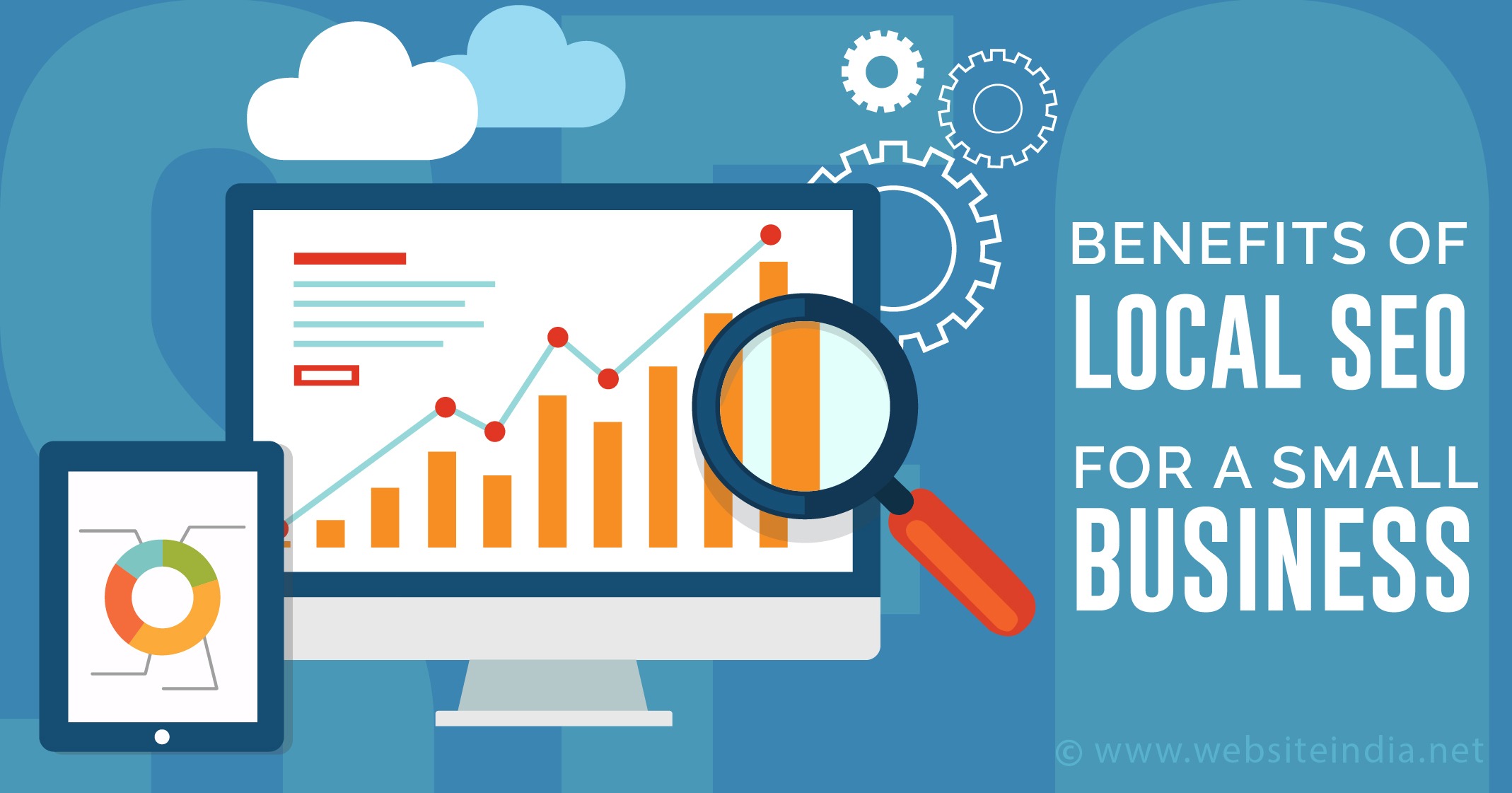
 1. Increased Online Visibility
1. Increased Online Visibility
 1. Facebook: Facebook Page Insights
1. Facebook: Facebook Page Insights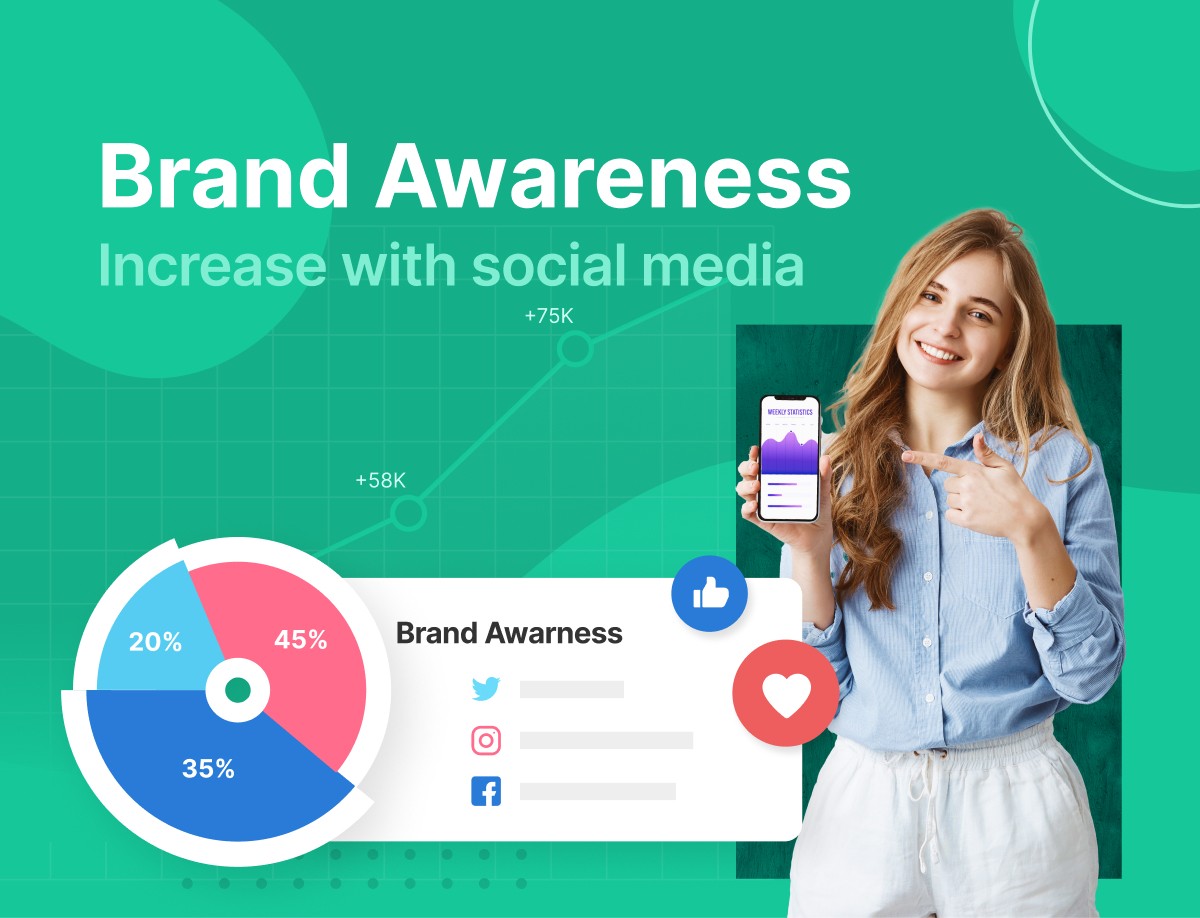
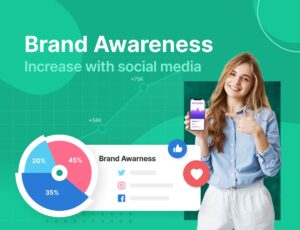 Facebook: Airbnb’s “Live There” Campaign
Facebook: Airbnb’s “Live There” Campaign
 Impressions vs. Reach: What’s the Difference?
Impressions vs. Reach: What’s the Difference?
 The Importance of Audience Targeting Tools
The Importance of Audience Targeting Tools
 Understanding Community Building
Understanding Community Building
 Understanding Content Marketing
Understanding Content Marketing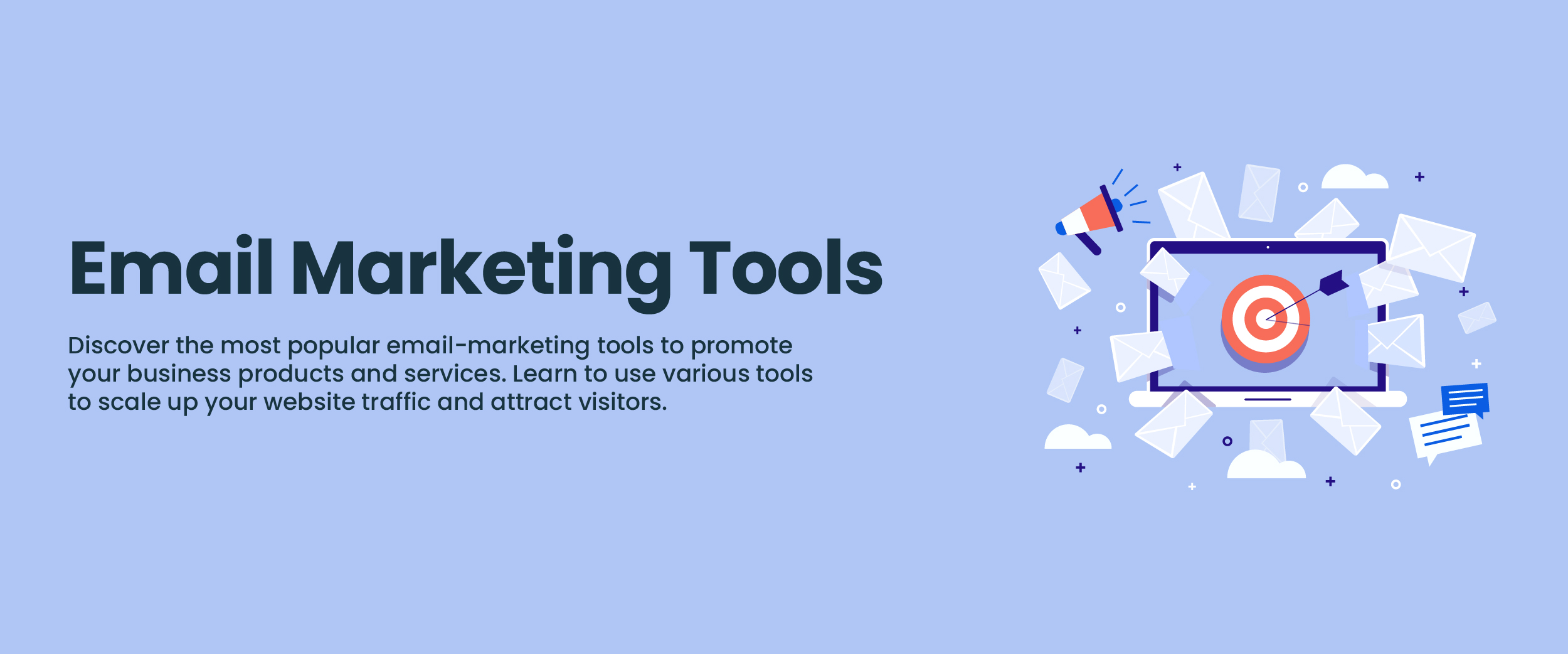
 The Evolution of Email Marketing Tools
The Evolution of Email Marketing Tools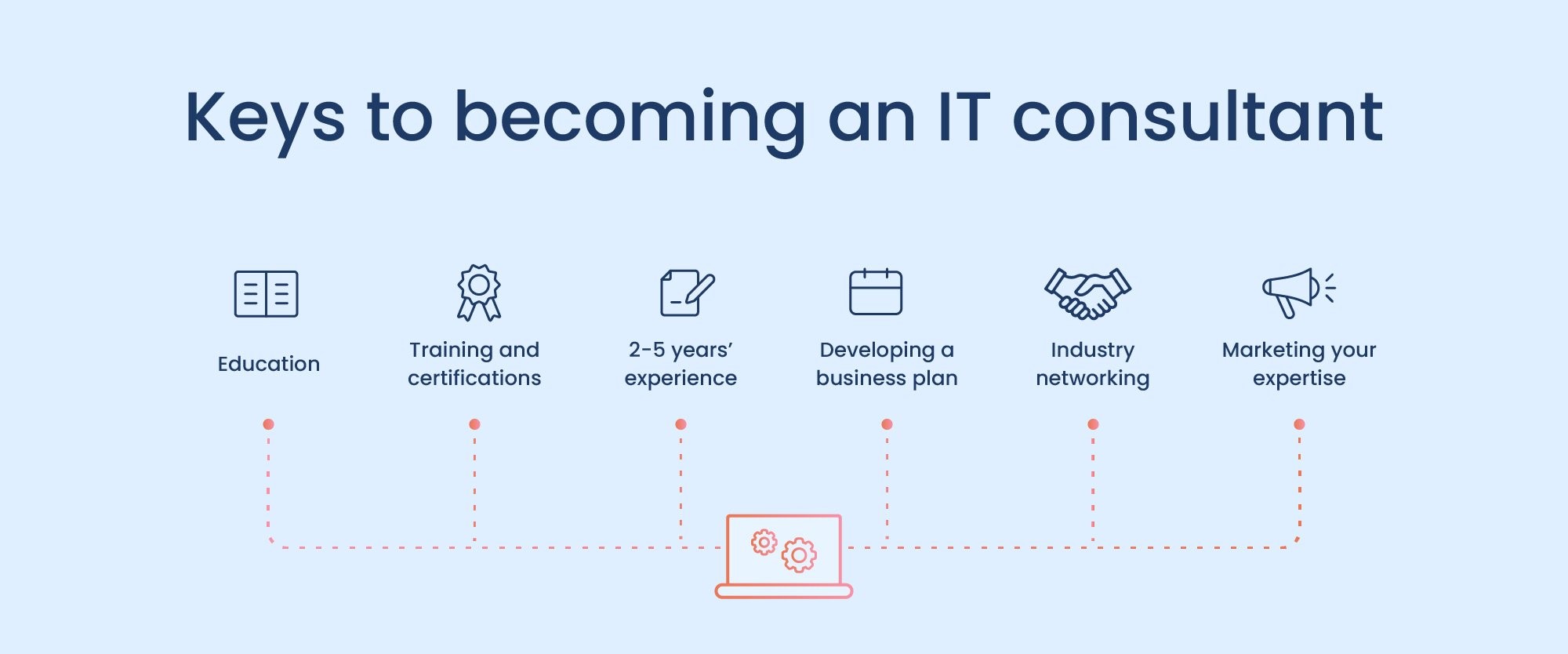
 1. Develop Technical Expertise
1. Develop Technical Expertise